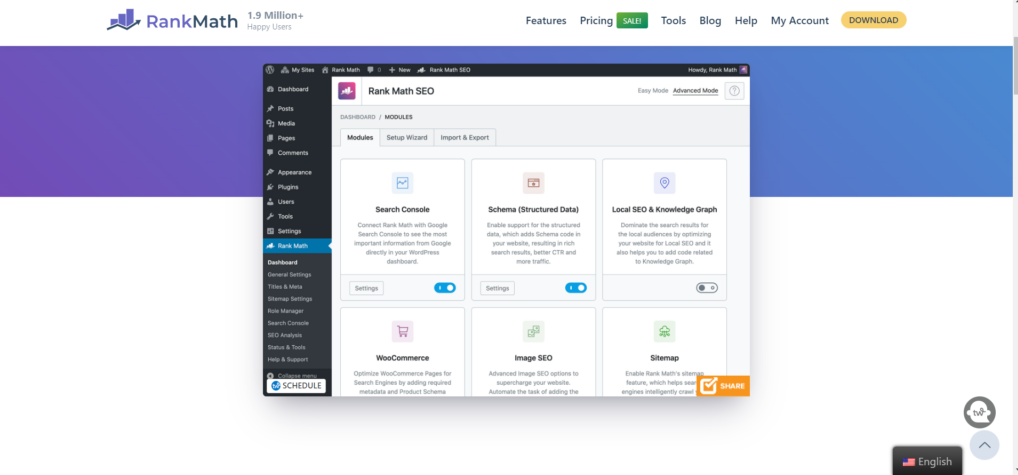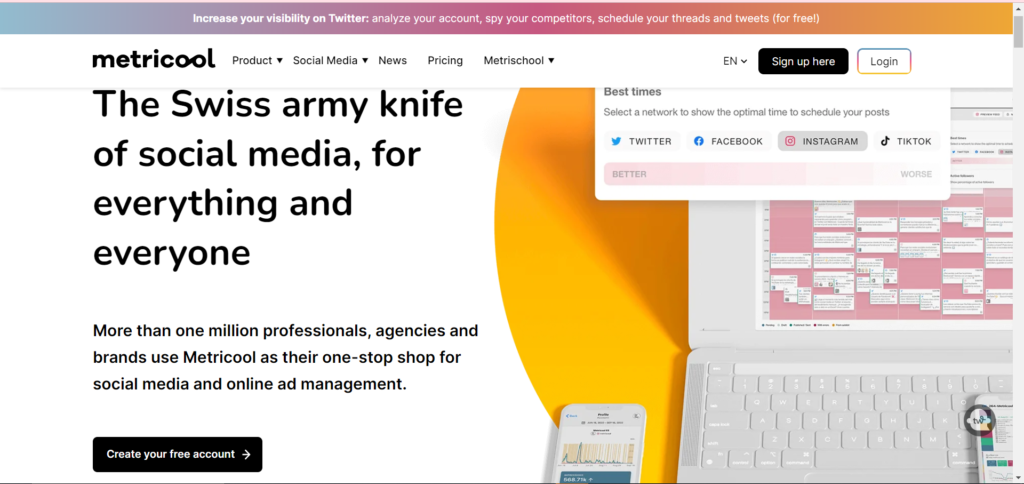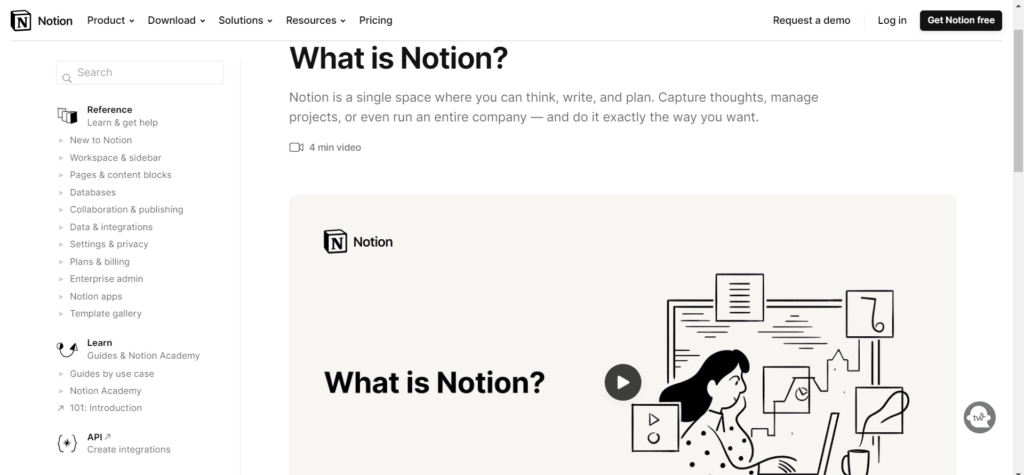
Blogging has become a popular way to share information, connect with others, and even make some money.
Whether you’re a hobbyist or looking to turn your blog into a full-time career, there are plenty of opportunities to earn from your writing.
In this article, we’ll cover everything you need to know to start a blog and make money doing it.
The Benefits of Blogging as a Source of Income
Blogging allows you to share your thoughts, experiences, and ideas with the world. Not only can you connect with a like-minded community, but you can also make money while doing it.
There are various ways to monetize your blog, including advertising, affiliate marketing, sponsored content, and selling products.
Plus, blogging can provide a platform for building your personal brand and establishing yourself as an expert in your niche.
Step 1: Choose a Niche

Selecting the Right Niche
Choosing the right niche for your blog is crucial to its success.
Your niche should align with your interests, expertise, and audience.
A well-defined niche can also help you stand out in a crowded online space and attract a specific audience.
Tips for Finding a Profitable Niche
When looking for a profitable niche, consider your passions and hobbies, as well as your expertise and experience.
Think about what problems your audience might be facing and how you can solve them through your content.
Tools for Keyword Research
Keyword research is a critical part of choosing the right niche. .
By using tools like Google Keyword Planner, Ahrefs, and SEMrush, you can identify high-traffic keywords and optimize your content for search engines.
Step 2: Choose a Blogging Platform

There are various blogging platforms available, including WordPress, Blogger, Squarespace, and Wix.
Each platform has its advantages and disadvantages, and you should choose the one that best fits your needs and goals.
How to Choose the Best Platform for Your Needs
Consider your technical skills, budget, and customization options when choosing a blogging platform.
You should also choose a platform that provides excellent customer support and security features.
Setting up a Blog on WordPress, Blogger, or Other Platforms
Setting up a blog on WordPress or other platforms is relatively easy.
You’ll need to choose a domain name, sign up for a hosting service, and install the blogging software.
From there, you can choose a theme and start customizing your blog’s design and layout.
Step 3: Choose a Domain Name & Hosting Service

How to Choose a Domain Name That Reflects Your Brand
Your domain name is your blog’s web address and should reflect your brand and niche. It should be memorable, and simple to spell.
Tips for Selecting the Best Hosting Service
When selecting a hosting service, consider your budget, technical skills, and website traffic. Look for a provider that offers reliable uptime, fast load times, and excellent customer support.
Setting up a Hosting and Domain Name
Once you’ve chosen a domain name and hosting service, you’ll need to connect them. This involves setting up your domain name servers and installing WordPress or other blogging software.
Step 4: Design Your Blog

Once you have chosen a niche and a blogging platform, the next step is to design your blog.
The design of your blog plays a crucial role in attracting and retaining your audience. A good blog design should be visually appealing, easy to navigate, and reflect your brand’s personality.
The Importance of a Good Blog Design
A well-designed blog not only helps you stand out from the competition, but it also makes it easier for readers to find the information they need.
When designing your blog, it’s important to think about the overall user experience.
You want to create a site that is easy to navigate and understand, with clear calls to action that encourage readers to engage with your content.
Choosing a Theme or Template
There are many different themes and templates available for blogging platforms like WordPress and Blogger.
When choosing a theme, it’s important to consider your niche and your brand’s personality. You want to choose a theme that fits your niche and reflects your brand’s style.
Customizing Your Blog’s Design and Layout
Once you have chosen a theme or template, you can start customizing your blog’s design and layout.
Most blogging platforms allow you to customize the color scheme, fonts, and layout of your site. You can also add custom widgets and plugins to enhance the functionality of your site.
When customizing your blog’s design, it’s important to keep your audience in mind.
You want to create a design that is visually appealing, easy to navigate, and reflects your brand’s personality.
Make sure to test your design on different devices to ensure that it looks good on both desktop and mobile devices.
Overall, the design of your blog is a critical component of your success as a blogger.
Take the time to choose the right theme, customize your design and layout, and create a site that is visually appealing and easy to navigate.
This will help you attract and retain readers and build a successful blog.
Step 5: Create Valuable Content

Now that you have a well-designed blog, it’s time to start creating content.
Creating high-quality, valuable content is essential for building a loyal audience and establishing yourself as an authority in your niche.
The Importance of Creating Quality Content
Quality content is the foundation of a successful blog. Your readers come to your blog for information, and it’s your job to provide them with valuable, insightful content.
It’s crucial to prioritise quality over quantity while producing content. One well-researched and well-written blog post is worth more than ten hastily written, low-quality posts.
Tips for Developing Content Ideas
One of the biggest challenges for bloggers is coming up with content ideas.
To develop content ideas, start by researching your niche and identifying topics that your audience is interested in.
You can also look at what other bloggers in your niche are writing about and identify gaps in the content that you can fill.
Another way to generate content ideas is to ask your readers. Ask them what topics they would like you to cover or what questions they have about your niche.
This will not only help you come up with content ideas but also show your readers that you value their input.
Types of Content to Create
You can generate many different kinds of content for your blog. Some popular types of content include:
- How-to guides
- Listicles
- Product reviews
- Interviews with experts in your niche
- Infographics
- Video content
When deciding what types of content to create, consider your audience’s preferences and the type of content that is most likely to resonate with them.
Overall, creating valuable content is a key component of building a successful blog. Focus on quality over quantity, develop content ideas that your audience will find interesting and valuable, and experiment with different types of content to see what resonates with your readers.
Step 6: Make Your Blog SEO Friendly

Optimizing your blog for search engines is an important step in driving traffic to your site and growing your audience.
In this step, we’ll cover the basics of search engine optimization (SEO), tips for optimizing your content for SEO, and tools you can use to improve your SEO.
The Basics of Search Engine Optimization (SEO)
SEO is the practice of enhancing your website’s visibility and position in search engine results pages (SERPs).. The higher your site ranks in SERPs, the more likely it is that people will find and click on your content.
To improve your site’s SEO, you need to focus on two main areas: on-page optimization and off-page optimization.
On-page optimization involves optimizing your content and website structure, while off-page optimization involves building links and establishing your site’s authority.
Tips for Optimizing Your Content for SEO
When creating content, there are several things you can do to optimize it for search engines:
Use relevant keywords: Incorporate keywords that are relevant to your niche and the topics you’re covering. Include them in your content’s headers, subheadings, and meta descriptions in a natural way
Write high-quality content: As we discussed in step 5, quality content is key to building a successful blog. Search engines prioritize high-quality content, so focus on creating informative, engaging content that provides value to your readers.
Optimize your meta descriptions: Your meta description is the short blurb that appears below your page title in SERPs. Ensure that your meta descriptions contain your goal keywords and are both interesting and useful
Use header tags: Header tags (H1, H2, H3, etc.) help organize your content and make it more readable for both humans and search engines.
Using Tools to Improve Your SEO
There are many tools available to help you improve your site’s SEO. Here are a handful you should take a look at
- Google Analytics: This free tool from Google tracks your site’s traffic and provides insights into your audience and their behavior on your site.
- Yoast SEO: This WordPress plugin helps you optimize your content for SEO by analyzing your content and providing suggestions for improvement.
- SEMrush: This tool provides a range of SEO features, including keyword research, site audit, and competitor analysis.
Overall, optimizing your blog for search engines is essential for driving traffic to your site and growing your audience. Incorporate relevant keywords, write high-quality content, and use tools to help you improve your SEO.
Step 7: Promote your blog

You may have created an amazing blog with high-quality content and an attractive design, but if nobody knows about it, it won’t be successful.
That’s why promoting your blog is essential to attract traffic and gain followers. Here are some pointers for marketing your blog.
Utilize social media
Social media platforms like Facebook, Twitter, Instagram, and LinkedIn can be powerful tools for promoting your blog.
Post links to your blog entries on social media, then interact with your followers by answering their comments and messages.
Build an email list
Email marketing can be a great way to promote your blog and keep your readers informed about your latest posts.
Offer incentives like exclusive content or a free e-book in exchange for email sign-ups.
Guest posting
Writing guest posts for other blogs in your niche can help you reach a new audience and drive traffic back to your blog.
Look for popular blogs in your niche and reach out to them with a pitch.
Collaborate with other bloggers
Partnering with other bloggers in your niche can help you expand your reach and gain new followers.
Consider collaborating on a blog post, hosting a joint webinar, or even co-authoring an e-book.
Remember, the key to successful promotion is consistency. Make a plan for promoting your blog and stick to it.
With time and effort, you’ll be able to build a loyal following and increase your blog’s traffic.
Step 8: Monetize your blog

Once you’ve built up a steady flow of traffic to your blog, it’s time to start thinking about how to monetize it. Here are some popular ways to make money from your blog:
Advertising
One of the most common ways to monetize a blog is through advertising. You can sell advertising space directly to brands or use advertising networks like Google AdSense to display ads on your blog.
Affiliate marketing
Affiliate marketing is a popular way for bloggers to earn money by promoting products and services. You can earn a commission for every sale made through your unique affiliate link.
Sponsored content
Brands may approach you to create sponsored content that features their product or service. You can charge a fee for creating and publishing this content on your blog.
Product sales
If you have a product or service of your own, such as an e-book or online course, you can promote and sell it through your blog.
Donations
Some bloggers choose to rely on the support of their readers through donations. You can add a donation button or set up a Patreon account to accept contributions from your fans.
When choosing a monetization strategy, it’s important to consider what will work best for your audience and niche.
Don’t overwhelm your readers with too many ads or sponsored content, as this can turn them off and hurt your reputation.
Focus on providing value and building trust with your readers, and the money will follow.
Step 9: Track your blog’s performance

Tracking your blog’s performance is essential to understanding what’s working and what’s not. Here are some steps to help you track your blog’s performance:
Set up Google Analytics
Google Analytics is a free tool that allows you to track your blog’s traffic and user behavior.
You can see where your traffic is coming from, which pages are most popular, and how long users are spending on your site.
Analyze your blog’s performance metrics
Once you’ve set up Google Analytics, it’s important to analyze your blog’s performance metrics.
Look at your traffic numbers, bounce rate, time on page, and conversion rates to see how your blog performs.
Make adjustments based on your blog’s performance
Based on your analysis, make adjustments to your blog as needed.
For example, if you notice that users are leaving your site quickly, you may need to improve your content or website design.
If you’re not getting much traffic from search engines, you may need to focus on improving your SEO.
Experiment with different strategies
Don’t be afraid to experiment with different strategies to see what works best for your blog.
Try out different types of content, promotional strategies, and monetization methods to see what resonates with your audience.
Tracking your blog’s performance can be time-consuming, but it’s essential to the long-term success of your blog.
By analyzing your data and making adjustments based on your findings, you can ensure that your blog continues to grow and thrive over time.
Step 10: Maintain your blog

Once your blog is up and running, it’s important to maintain it to ensure its success. Here are some tips for keeping your blog up-to-date and avoiding burnout:
Post regularly & Track
Consistency is key when it comes to blogging. Make sure to post new content on a regular basis, whether that’s once a week or once a month.
This will keep your readers engaged and help to improve your search engine rankings.
Also, log and track your posts regularly in a notebook or database app like Notion.
Keep your design and layout fresh
Your blog’s design and layout play a big role in how your readers perceive your site.
Make sure to update your theme or template regularly and customize your site to reflect your brand.
Engage with your audience
Respond to comments, emails, and social media messages from your readers.
This will help to build a community around your blog and keep your readers coming back for more.
Stay up-to-date with industry news and trends
Keep an eye on industry news and trends related to your niche. This will help you to stay current and create content that resonates with your audience.
Avoid burnout
Blogging can be a time-consuming and often overwhelming task.
Make sure to take breaks when needed and avoid pushing yourself too hard. This will help you to avoid burnout and keep your passion for blogging alive.
By following these tips, you can ensure that your blog continues to grow and thrive over time.
Remember, blogging is a marathon, not a sprint. With patience, persistence, and hard work, you can turn your blog into a successful and profitable venture.
About Post Author


